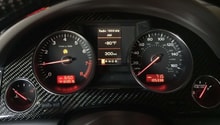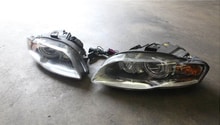Audi: Why Aren't the Adaptive Headlights Working?
Fixing adaptive headlights may seem difficult, but sometimes it is a simple fix. At the very least, you can save yourself the diagnostic fees at the dealer by following our step-by-step diagnostic.
This article applies to the Audi A3, A4 B7, A4 B8, A6 C5, A6 C6, and Q5/Q7 (2003-Present)
Adaptive headlights are an amazing technology found in many Audis, where the headlights turn along with the steering wheel to illuminate the road around curves. It's a great feature, but it comes with its own set of complicated problems. If the adaptive headlights fail, you'll most likely see a message on your dash, or you may notice that your headlights have stopped moving when you turn the steering wheel. Adaptive headlights are not the easiest things to fix, and may need to take it to the dealership in the end, but there are a few things you can check before you do that.

Materials Needed
- VAGCOM (optional, but useful for identifying trouble codes)
- Wire stripers
- Electrical tape
- Solder and soldering iron
- Torx screwdrivers
Step 1 – Is it a software problem?
If you've received a message on your dash saying that there's something wrong with your adaptive headlights, but when you check it out it seems to be working fine, then there is nothing actually wrong with the adaptive headlights. Sometimes you can have problems where the computer glitches out and thinks there's something wrong when there's not. When this is the case, it usually clears itself up after some time. There have been cases where the software needed an update to solve the problem. This will require taking it to the dealer to get the update.
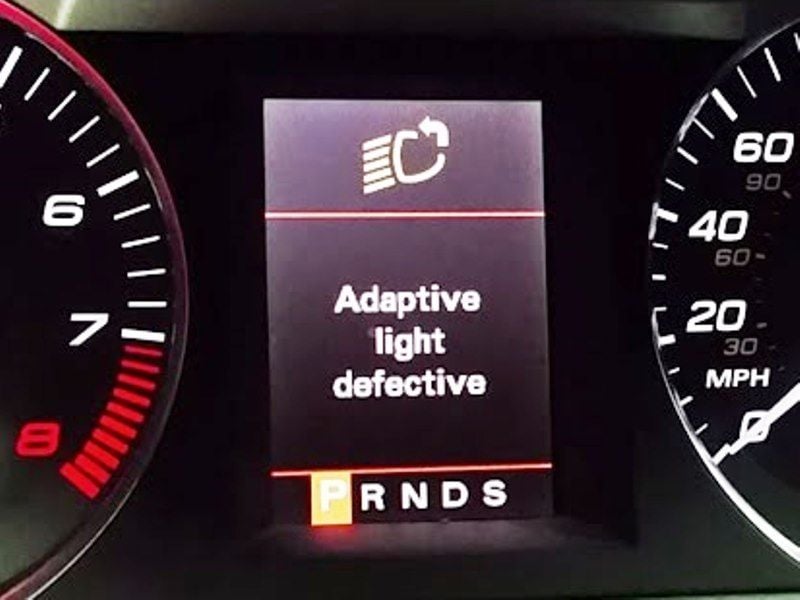
Step 2 – Is it a broken wire?
If the adaptive headlights fail to adjust at all, there is a possibility that the one of the wires going to the adaptive headlight motor could have been pinched or torn. The only way to know for sure is to open up the headlight and check.
First you'll need to unscrew and remove the headlight from the car. Open up the back of the headlight by pushing in the tabs. Inside, you'll see a bundle of wires going to the adaptive headlight motor. Inspect each wire carefully. Sometimes, as the motor moves, it puts strain on the wires until one of them eventually breaks. To fix it, you'll need to either solder the broken wire back to the mechanism or replace the wire entirely.

Step 3 – Is it the headlight harness?
Some electrical problems can be caused by something wrong with the electrical harness. Usually, it's the connector on the electrical harness, but sometimes it can be corrosion of the wires. Inspect the headlight's wiring harness connector for any bent pins or other problems. Then check the rest of the wires.
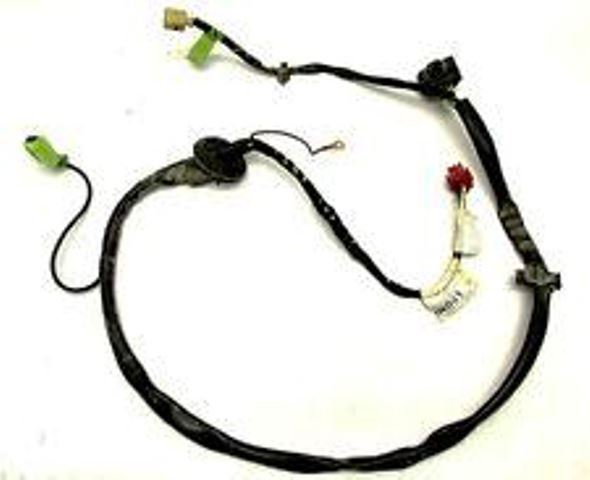
Step 4 – Is the headlight sealed?
It's possible for moisture to get into the headlight and mess up the adaptive headlight's mechanisms. There's not really much that can be done in this case, except wait for it to dry out. Eventually, it should start working again. If it seems to have problems after long periods of rain, then you should check the seals around the headlight.
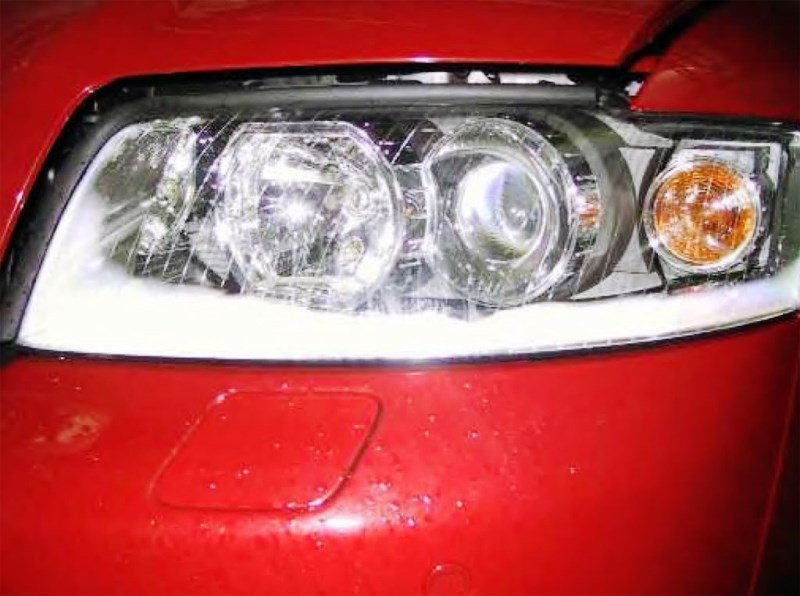
Step 5 – Is it the steering wheel angle sensor?
The adaptive headlights operate through a sensor in the steering wheel that detects which way the steering wheel is turned, and turns the headlights in the same direction. If something goes wrong with this sensor, the adaptive headlights stop working. Usually a problem with this sensor results in its own trouble code, separate from the adaptive headlights.
To replace the steering wheel angle sensor, you'll need to remove the airbag and steering wheel. Then remove the trim around the steering column to finally get access to the steering wheel angle sensor. Unplug and remove the sensor and install a new one, then put everything back together and test the headlights. If the sensor was bad, the headlights should be responsive now.

Step 6 – Is it the adaptive headlight swivel motor?
There is a good chance of the problem being caused by the motor itself. If this is the case, then you're unfortunately out of luck. The motor is a part of the headlight housing and cannot be removed, so there is no way to actually replace just the motor. If this happens, you'll have to replace the entire headlight. The Audi dealer charges $1,200 for a replacement, but you can purchase them online for much cheaper, or you can buy them used. If you do buy used, be sure it is returnable in case the used one is also bad.
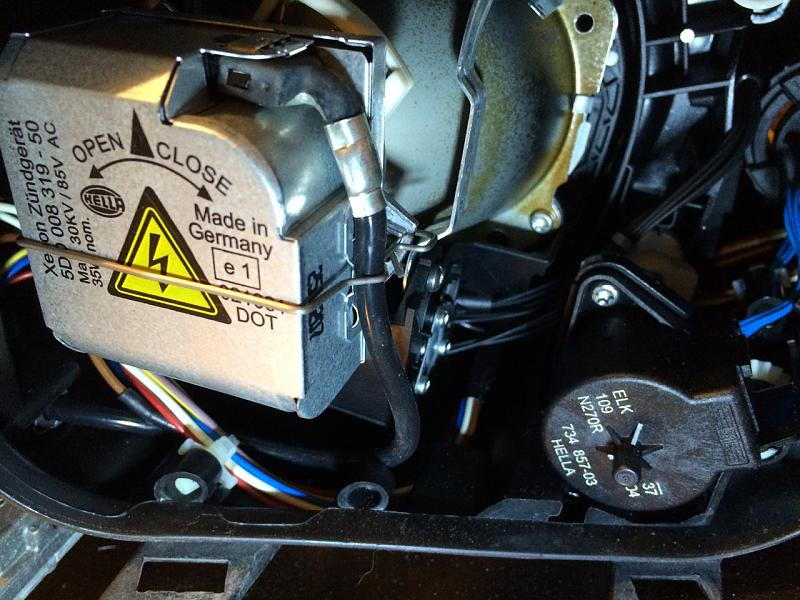
Step 7 – Has your car been lowered?
Adaptive headlight issues have been known to happen on cars that have been lowered. This is a problem with the auto leveling sensor connected to the suspension that detects when your car dips. Since the sensor was never designed to work with lowered cars, you'll have to modify it to work. The bracket for the sensor is flexible enough that it can be bent to adjust the sensor for the lowered car's height. Another option is to add spacers to the bracket. Doing this should make the sensor see things from the new height and adjust the headlights correctly.
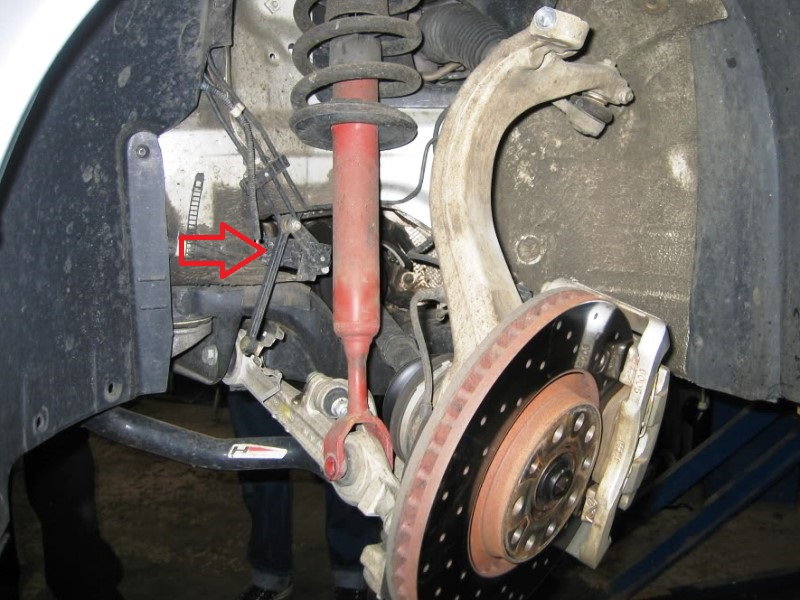
Related Discussions
- Finally... Fixed My adaptive Headlights Problem - AudiWorld.com
- Adaptive Headlight Defective - AudiWorld.com
- Adaptive Headlight Defective Error - AudiWorld.com


